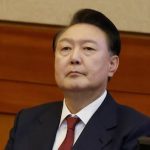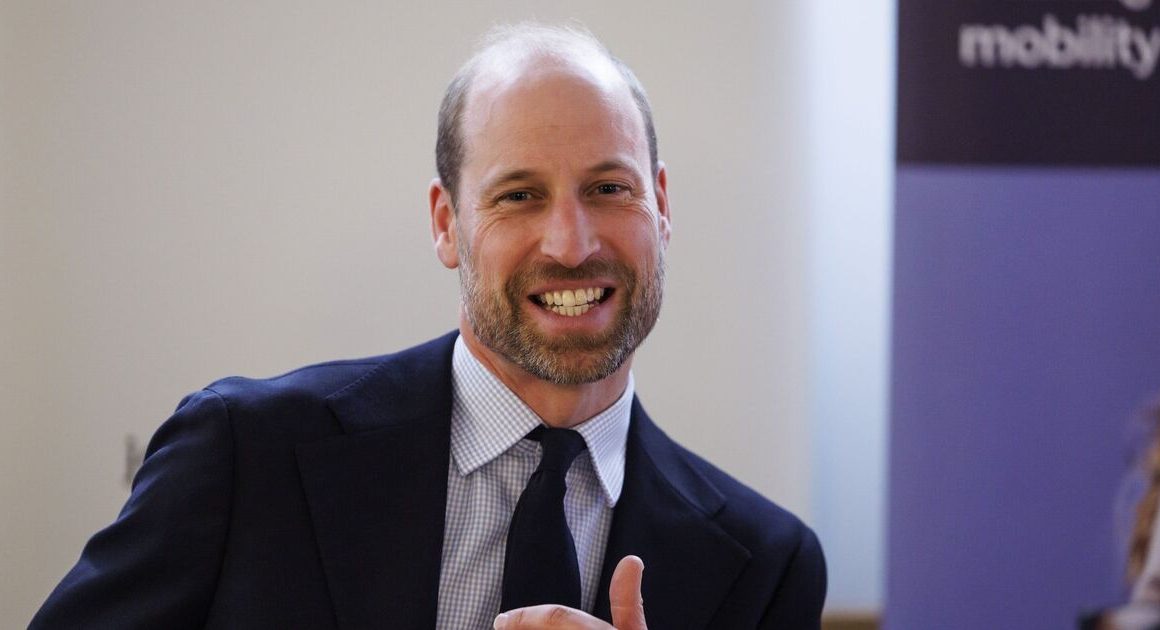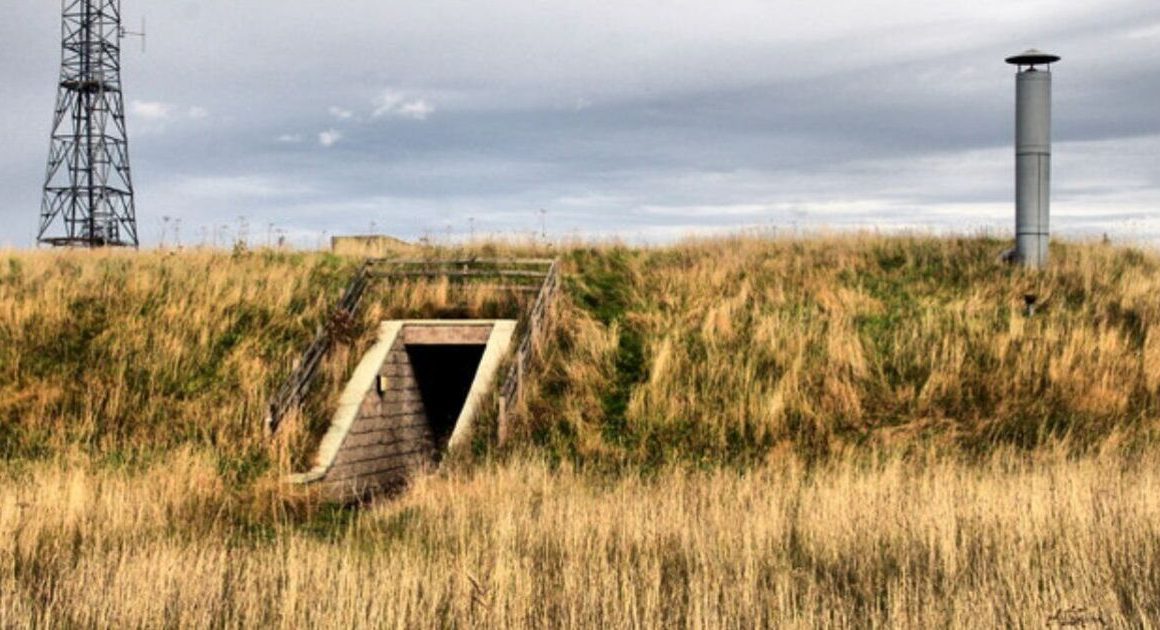Control of the Panama Canal, once a key U.S. presidential campaign issue for Ronald Reagan and an animating topic for people ranging from film legend John Wayne to an unpredictable Canadian-born U.S. senator, has seemingly made a comeback as a hot-button topic in Washington.
President-elect Donald Trump has let loose on the campaign trail and during the transition with a series of complaints, sometimes inaccurate, concerning Panama’s administration of the key passage that help ships navigate between the Atlantic and Pacific oceans in a much less time-consuming fashion than would otherwise be the case.
“About 40 per cent of U.S.-destined container trade goes through the Panama Canal, so it is in the nation’s commercial interest to have a smoothly operating Panama Canal,” Dennis M. Hogan, a lecturer of history at Harvard University, told CBC’s The Current.
The U.S. controlled access to the canal for decades until then president Jimmy Carter signed treaties in the late 1970s that ultimately turned it over to Panama in 1999.
Trump was asked Tuesday at a news conference if he could guarantee that as commander-in-chief he wouldn’t involve the U.S. military in any dispute with Panama over the canal.
“I’m not going to commit to that. It might be that you have to do something,” Trump said, without elaborating.
The reigniting of the issue comes as Panamanians on Thursday will once again commemorate Martyrs’ Day, which resulted after riots and exchanges of gunfire for several days beginning on Jan. 9, 1964, killed 21 Panamanians and four U.S. troops. On the same day, a state funeral will take place in Washington for Carter, who died on Dec. 29.

According to historians, 16th-century Spanish explorers advised that European’s country monarchy of the desirability of a canal where Panama is now established. The alternative involved travelling an extra 11,000 kilometres around South America’s southern tip.
France, under the auspices of the developer of Egypt’s Suez Canal, started constructing the canal in the 1880s, but couldn’t complete it. According to some estimates, 25,000 people may have died in the canal’s stop-and-start building process, from accidents and tropical diseases.
Panama, declaring independence from Colombia in 1903, allowed the U.S. to finish construction. A proclamation from that time granted the U.S. “all the rights, power and authority within the zone mentioned … if it were the sovereign of the territory within which said lands and waters are located to the entire exclusion of the exercise by the Republic of Panama of any such sovereign rights, power or authority.”

Complaints periodically arose over perceived treaty breaches, and the 1964 incident led to a human toll and millions in damage. The riots were said to have arisen when a Panamanian flag was not allowed to fly next to an American flag at a high school in the canal zone.
The president of the day, Lyndon Johnson, tamped down the issue in negotiations with his Panamanian counterpart, but the tenuous state of affairs only changed during Carter’s presidency.
The Current11:25Trump threatens to retake Panama Canal
U.S. president-elect Donald Trump is threatening to retake control of the Panama Canal, but Panama’s president says it’s not for sale. Dennis M. Hogan has studied this critical artery of global trade for years, he explains how it’s yet again become a centre of geopolitical tension.
Heated opinions in the ’70s
Reagan took to the issue with regularity as part of his 1976 and 1980 presidential campaigns, advising against relinquishing authority.
“When it comes to the canal, we bought it, we paid for it, it’s ours,” he said at one point.
Some grassroots conservatives held similar sentiments. For example, a college history professor led the group Georgians Against the Panama Canal Treaty. That professor — Newt Gingrich — would win a seat in U.S. Congress in 1978 and later serve as Speaker of the House.
Others disagreed with Reagan, including leading conservative thinker William F. Buckley in a televised debate, and Reagan’s old Hollywood acquaintance John Wayne, in a private letter.
“I’ll show you point by [God damned] point in the treaty where you are misinforming people,” Wayne wrote to Reagan.
Wayne, whose first wife was Panamanian, accused Reagan of being “not as thorough in your reviewing of this treaty as you say or … damned obtuse when it comes to reading the English language.” Wayne signed off with his nickname, “Duke.”
The True Grit star and staunch Republican also wrote to Carter on the issue, signing it “Loyal Opposition.”
WATCH l Reagan debates leading conservative William F. Buckley on Panama Canal:
‘We stole it fair and square’
On Capitol Hill, politicians had been offering opinions on the issue for a number of years.
During his campaign for a Senate seat in 1976, Vancouver-born S.I. Hayakawa, then a U.S.-based college administrator, weighed in.
“I think we ought to keep it, we stole it fair and square,” he said.
Hayakawa later tried to claim he was just joking, and ultimately he changed his tune. He was among the senators who helped, in a pair of votes in late 1977 and early 1978, to ensure passage of the treaties signed by Carter and Panama’s leader, Omar Torrijos.
The first treaty, which continues in perpetuity, gives the U.S. the right to act to ensure the canal remains open and secure. The second stated that the U.S. would turn over the canal to Panama on Dec. 31, 1999, and was terminated on that date. There was no provision for reopening.
A second U.S. invasion of Panama?
Carter said the deals would see Panama transition from a “passive and sometimes deeply resentful bystander into an active and interested partner whose vital interests would be served by a well-operated canal.”
That relationship was tested more than a decade later when the U.S. invaded Panama in 1989 to seize leader and alleged drug trafficker Manuel Noriega, an operation that was condemned by the United Nations and cost hundreds of lives, mostly of Panamanians.
Former canal administrator Jorge Luis Quijano told The Associated Press last month that there’s “no clause of any kind” in the Carter-Torrijos Treaties that allows for the U.S. to take back control.
Benjamin Gedan, director of the Latin America Program at the Woodrow Wilson International Center for Scholars in Washington, speaking to the same outlet, agreed.
“There’s very little wiggle room, absent a second U.S. invasion of Panama, to retake control of the Panama Canal in practical terms,” said Gedan.
Trump has raised a number of grievances over the administration of the canal, accusing Panama of charging “exorbitant prices” to U.S. commercial and military ships.
“If we can introduce a few facts, Mr. Trump’s claim that Panama is gouging Americans is unfounded. Every vessel, regardless of its flag, pays the same rate according to tonnage and type,” the Wall Street Journal editorial board wrote last month.

The president-elect has also accused Chinese soldiers of illegally operating the canal.
“There are no Chinese soldiers in the canal for the love of God, the world is free to visit to the canal,” Panama President Jose Raul Mulino said late last month in response.
The Panama Canal Authority has responsibility for the canal overall though a subsidiary of a Hong Kong-based holding company that has long managed two ports on the canal’s Caribbean and Pacific entrances, an arrangement Harvard’s Hogan characterized as a “fairly standard commercial contract.”
The U.S. and Panama under its new president earlier this year entered into negotiations that in part aimed to stem the flow of migrants from South America or the Caribbean who reached the southern American border after traversing Panama’s treacherous Darien Gap.
Now it appears that the Panamanians may have to enter into difficult talks with a new U.S. president on a topic they might have thought had been long settled.










